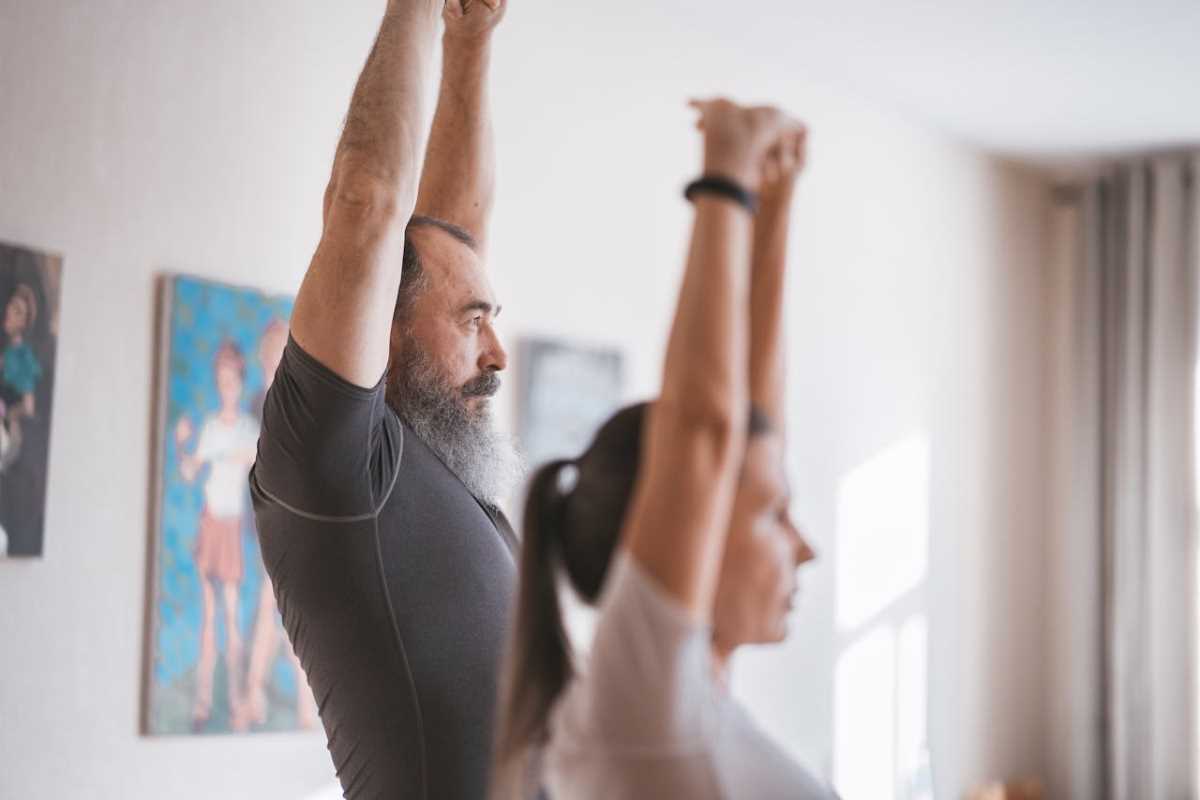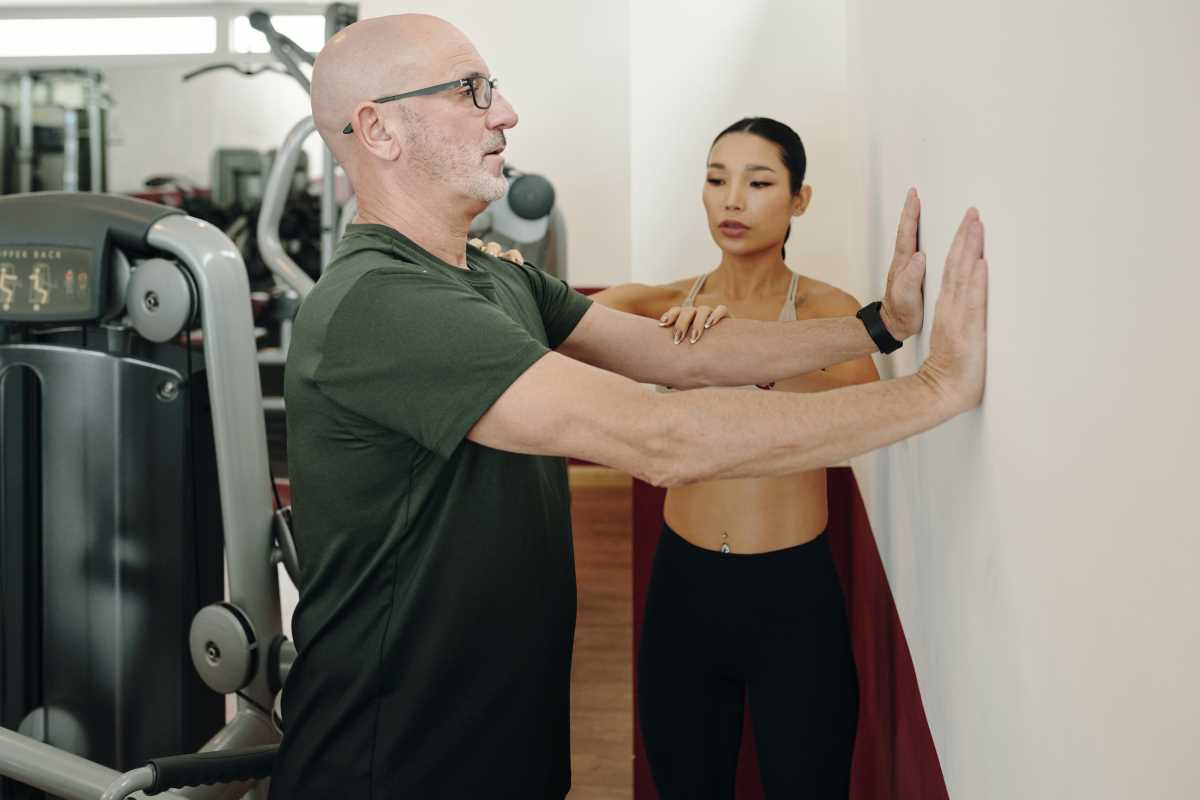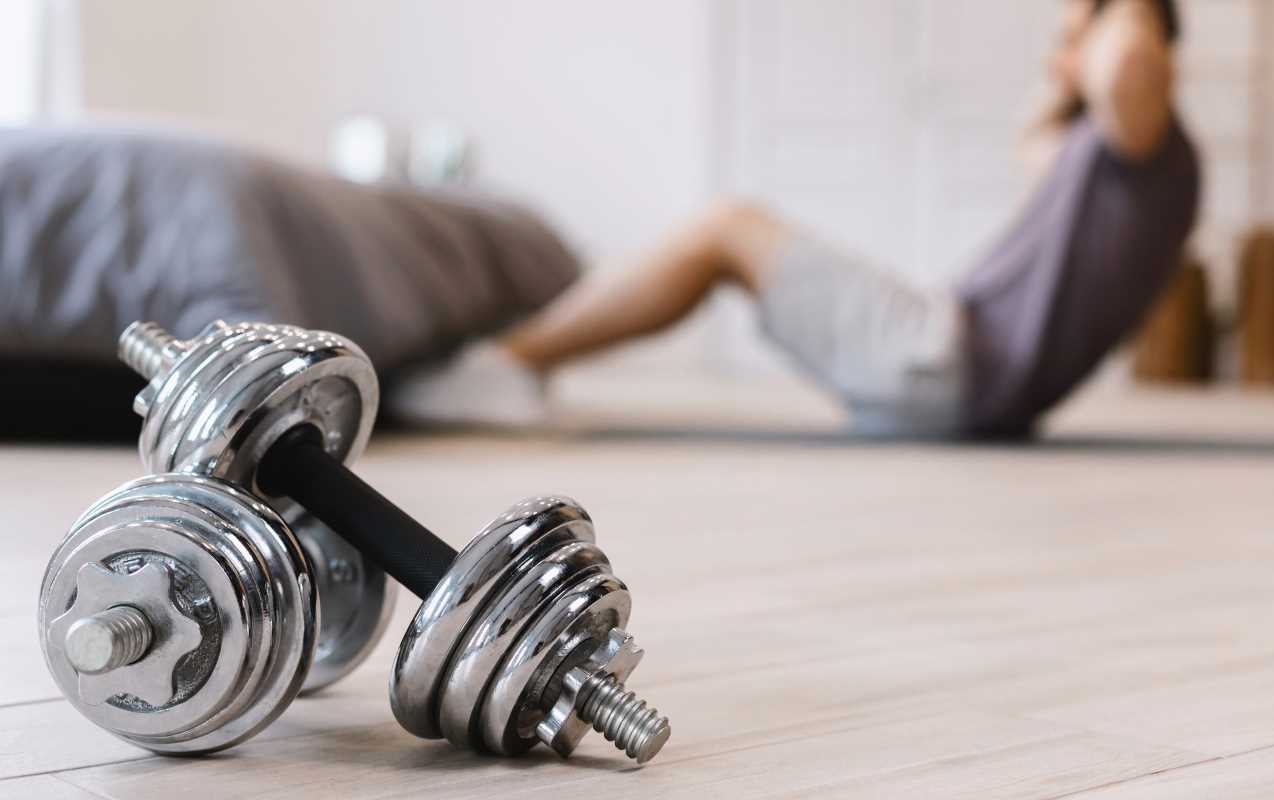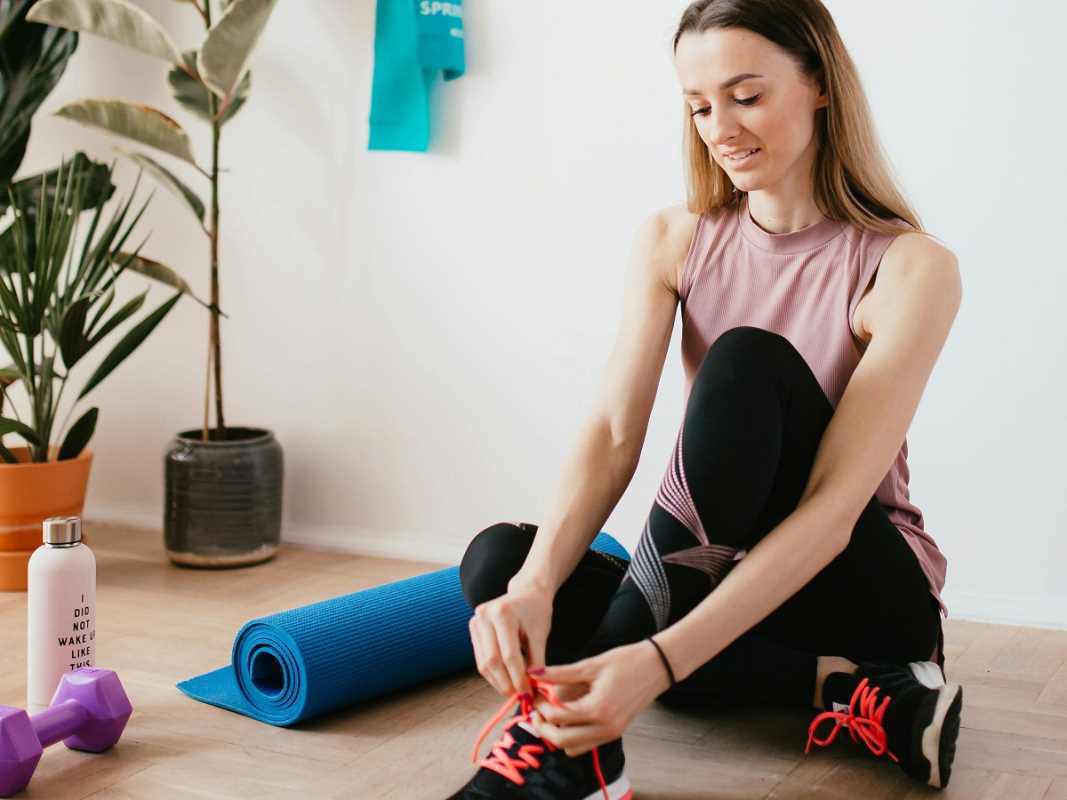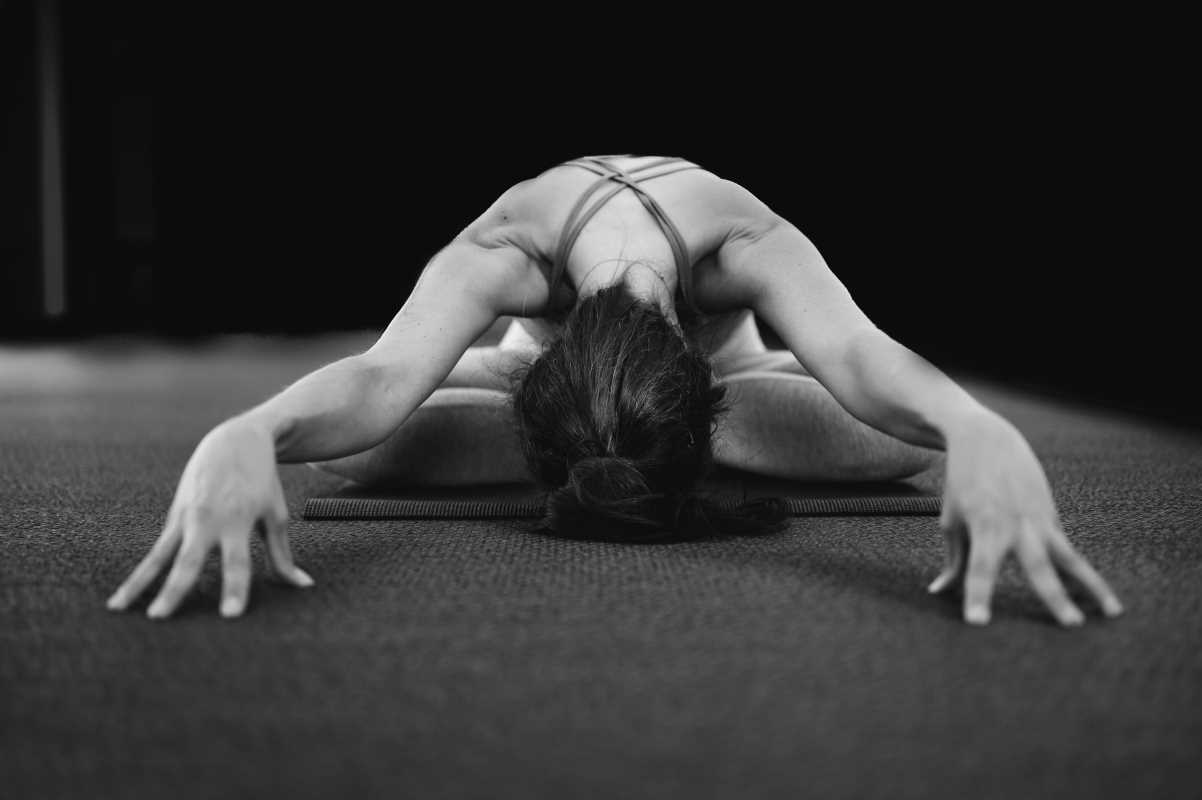Cardiovascular exercise strengthens your heart, improves circulation, and burns calories effectively. Regular cardio workouts can reduce your risk of heart disease, help manage weight, and boost your overall energy levels throughout the day. The key to successful cardio training lies not just in showing up to the gym, but also in choosing the right equipment and strategically using it. Different cardio machines offer unique advantages, from low-impact options that protect your joints to full-body workouts that engage multiple muscle groups simultaneously.
Treadmill: The Classic Cardio Powerhouse
Treadmills remain one of the most popular cardio machines for good reason. They simulate natural walking and running movements while allowing you to control speed, incline, and workout intensity with precision.
Modern treadmills feature cushioned running surfaces that reduce impact on your joints compared to outdoor pavement. Most models include preset workout programs, heart rate monitors, and incline adjustments that can reach up to 15% grade.
How to Maximize Calorie Burn on a Treadmill
Incline training transforms your treadmill workout into a calorie-burning powerhouse. Walking at a 10% incline can burn up to 50% more calories than walking on flat ground at the same speed.
Interval training amplifies your results even further. Alternate between high-intensity periods and recovery phases to boost your metabolism and continue burning calories hours after your workout ends.
Proper form ensures maximum efficiency and prevents injury. Keep your shoulders relaxed, arms swinging naturally at your sides, and avoid gripping the handrails unless necessary for balance.
Effective Treadmill Workouts
Beginner Hill Climb: Start with a 5-minute warm-up at 3.0 mph. Increase incline to 5% for 2 minutes, then return to flat for 1 minute. Repeat this cycle 5 times, followed by a 5-minute cool-down.
Intermediate Sprint Intervals: Warm up for 5 minutes at a comfortable pace. Sprint at 80% effort for 30 seconds, then recover with easy walking for 90 seconds. Complete 8 rounds, then cool down for 5 minutes.
Advanced Pyramid Training: After warming up, increase speed every 2 minutes: 4.0 mph, 5.0 mph, 6.0 mph, 7.0 mph, then reverse back down. Adjust speeds based on your fitness level.
Elliptical: Low-Impact, High-Results Training
Elliptical machines provide an excellent cardiovascular workout while minimizing stress on your knees, hips, and back. The smooth, gliding motion mimics natural walking and running patterns without the jarring impact of each step.
Most ellipticals feature moveable handlebars that engage your upper body, creating a total-body workout experience. Variable resistance levels and incline settings allow you to customize workout intensity and target different muscle groups.
Maximizing Low-Impact Benefits
The elliptical's greatest advantage lies in its joint-friendly design. This makes it ideal for people recovering from injuries, those with arthritis, or anyone seeking effective cardio without excessive joint wear.
Focus on maintaining proper posture throughout your workout. Stand tall with your core engaged, avoid leaning heavily on the handlebars, and push through your heels rather than your toes.
Reverse direction periodically to engage different muscle groups and prevent overuse patterns. Most ellipticals allow backward motion, which emphasizes your glutes and hamstrings more than forward movement.
Effective Elliptical Workouts
Full-Body Fat Burner: Warm up for 5 minutes at moderate resistance. Increase resistance every 3 minutes while maintaining the same pace. Work through 5 resistance levels, then reverse back down. Cool down for 5 minutes.
Upper Body Focus: Use moving handlebars throughout this workout. Alternate between 2 minutes of regular motion and 1 minute of focusing primarily on pushing and pulling with your arms. Repeat for 20-30 minutes total.
Reverse Challenge: Spend equal time moving forward and backward. Try 3 minutes forward, 2 minutes backward, repeating this pattern. Backward motion targets your glutes and hamstrings differently than forward movement.
Stationary Bike: Customizable Intensity Training
Stationary bikes offer exceptional versatility for cardiovascular training. Whether you choose an upright bike that mimics outdoor cycling or a recumbent bike with back support, you can achieve excellent cardiovascular benefits while controlling your workout intensity precisely.
These machines excel at accommodating different fitness levels and physical limitations. Recumbent bikes provide excellent options for people with back problems, while upright bikes challenge your core stability and closely replicate outdoor cycling experiences.
Intensity and Variations
Resistance levels on stationary bikes range from light pedaling to intense climbing simulations. Higher resistance builds leg strength while maintaining cardiovascular benefits, creating a dual-purpose workout.
Cycling cadence significantly impacts your workout results. Maintaining 80-100 revolutions per minute (RPM) optimizes cardiovascular benefits, while slower, higher-resistance pedaling builds muscular strength.
Hand position variations on upright bikes can change your workout focus. Upright positions engage your core more, while leaning forward targets different muscle groups and can increase intensity.
Effective Stationary Bike Workouts
Beginner Steady-State: Maintain a comfortable pace at moderate resistance for 20-30 minutes. Focus on consistent pedaling rhythm around 70-80 RPM. This builds your aerobic base effectively.
Intermediate Climbing Simulation: Warm up for 5 minutes, then increase resistance significantly for 3-minute "hill climbs" at 60-70 RPM. Recover with 2 minutes of easy pedaling. Repeat 4-6 times.
Advanced Tabata Intervals: After warming up, alternate 20 seconds of all-out effort with 10 seconds of rest. Complete 8 rounds (4 minutes total), rest 2-3 minutes, then repeat the entire sequence 2-3 times.
Rowing Machine: Full-Body Cardio Champion
Rowing machines provide unparalleled full-body cardiovascular workouts. Each stroke engages your legs, core, back, and arms in a coordinated movement that builds strength while delivering exceptional cardio benefits.
The rowing stroke consists of four phases: catch, drive, finish, and recovery. Proper technique ensures maximum efficiency and prevents injury. Your legs should provide about 60% of the power, with your core and arms contributing the remainder.
Full-Body Benefits
Rowing machines engage approximately 85% of your body's muscles during each stroke. This comprehensive muscle activation burns more calories per minute than most other cardio exercises while building functional strength.
The low-impact nature of rowing makes it suitable for people with joint concerns. The smooth, controlled movement places minimal stress on your knees and ankles while providing intense cardiovascular challenge.
Rowing develops posterior chain strength, counteracting the forward-hunched posture common in modern life. Regular rowing can improve your posture and reduce back pain when performed with proper technique.
Effective Rowing Machine Workouts
Technique Builder: Focus on form with this workout. Row for 250 meters at comfortable pace, concentrating on proper sequence: legs, core, arms on the drive phase, then reverse for recovery. Rest 1 minute between rounds. Complete 6-8 rounds.
Power Intervals: Warm up for 5 minutes, then row 500 meters at high intensity. Rest for 3 minutes. Repeat 4-6 times. Track your split times and aim for consistency across all intervals.
Endurance Challenge: Row continuously for 20-40 minutes at a sustainable pace. Aim for consistent split times throughout the workout. This builds aerobic capacity and mental toughness.
Making Cardio Work for Your Fitness Goals
Choosing the right cardio machine depends on your specific goals, physical limitations, and preferences. Each machine offers unique advantages that can complement your overall fitness routine.
Start with equipment that feels comfortable and enjoyable. Consistency matters more than perfection, so select machines you'll actually use regularly. As your fitness improves, experiment with different machines to prevent boredom and challenge your body in new ways.
 (Image via
(Image via.jpg)
